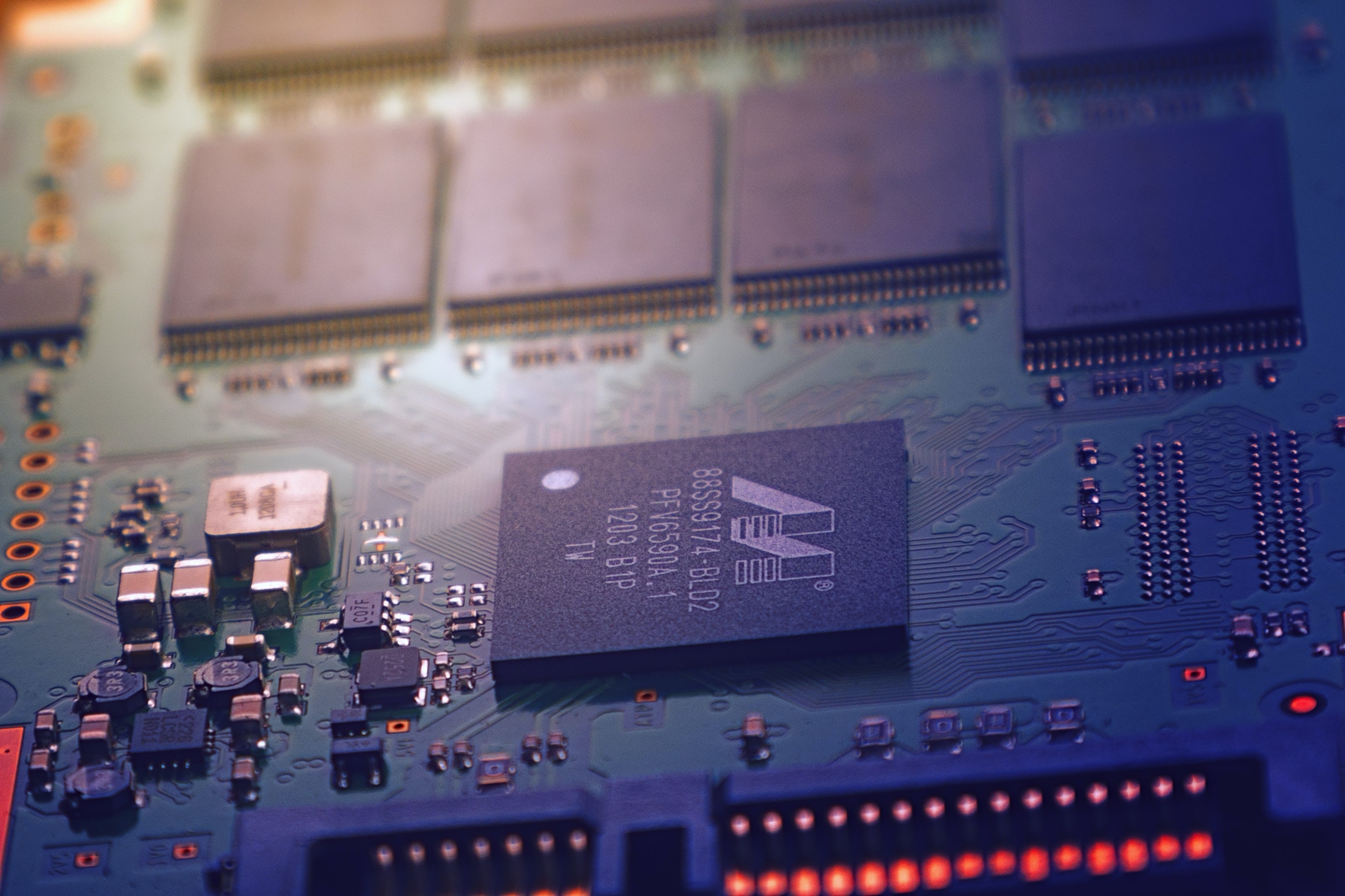A cool solution for hot devices
A new innovation from researchers led by Nanyang Asst Prof Hortense Le Ferrand prevents high-power devices from overheating.

3D-stacked electronics made of interconnected vertical layers of chips are the next generation in energy efficient high-performance devices.
However, 3D devices are prone to overheating, as the densely-packed components prevent heat from escaping. One solution is to incorporate a heat dissipating material, such as hexagonal boron nitride (BN), to keep the device cool.
Using magnetic fields to align and orient microscopic particles of BN, a team of scientists, led by Nanyang Asst Prof Hortense Le Ferrand of NTU’s School of Mechanical and Aerospace Engineering, was able to channel heat away from their sources to prevent overheating.
The researchers first coated particles of BN with iron oxide to make them responsive to magnetic fields. They then suspended the coated particles in a solvent and used a magnetic field to align the particles in different orientations.
The scientists tested the ability of the different configurations to dissipate heat and found that vertically arranged particles channelled heat upwards most effectively. The orientation of the particles could also be tailored to direct heat sideways, such as when the particles are sandwiched between two heat-emitting electronic components.

Microscopic particles of hexagonal boron nitride in various configurations. Credit: NTU.
“Our method of aligning and orienting BN particles precisely and easily to strategically direct heat away could offer new solutions for effective heat management of high-power electronic devices,” says Asst Prof Le Ferrand.
The study “Microstructured BN composites with internally designed high thermal conductivity paths for 3D electronic packaging” can be found in Advanced Materials (2022), DOI: 10.1002/ adma.202205120.
The article appeared first in NTU's research & innovation magazine Pushing Frontiers (issue #22, August 2023).





.tmb-listing.jpg?Culture=en&sfvrsn=9b7345be_1)
.tmb-listing.jpg?Culture=en&sfvrsn=57e7d9a3_1)
.tmb-listing.jpg?Culture=en&sfvrsn=462ec612_1)